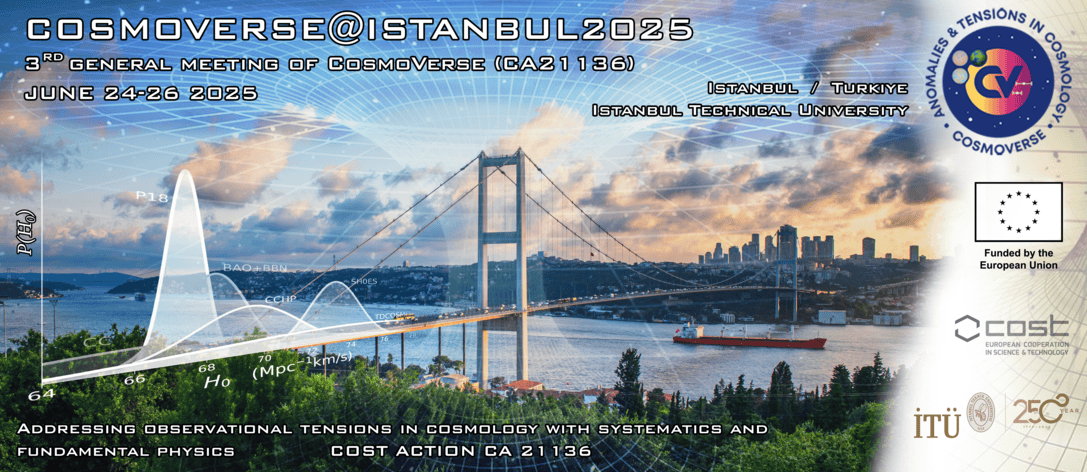Speaker
Enrico Specogna
(University of Sheffield)
Description
I will present a series of works looking for evidence of the effects induced by seemingly different extensions to the standard cosmological model in the cosmic microwave background (CMB) primary and secondary anisotropies: modified gravity, massive neutrinos and non-vanishing spatial curvature. By looking at their correlations and the differences in the impact they have on cosmological observables, such as the CMB lensing potential spectrum, we assess whether such additions, according to current CMB data, can be told apart.
Primary author
Enrico Specogna
(University of Sheffield)

